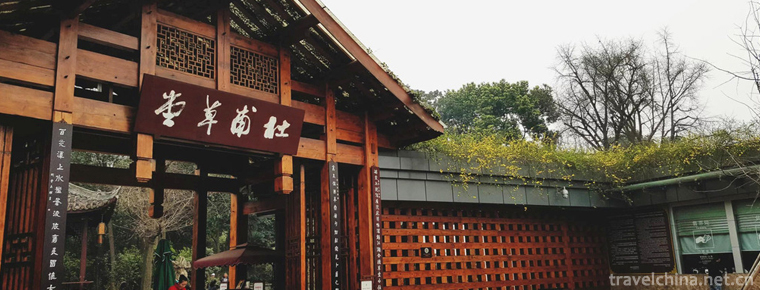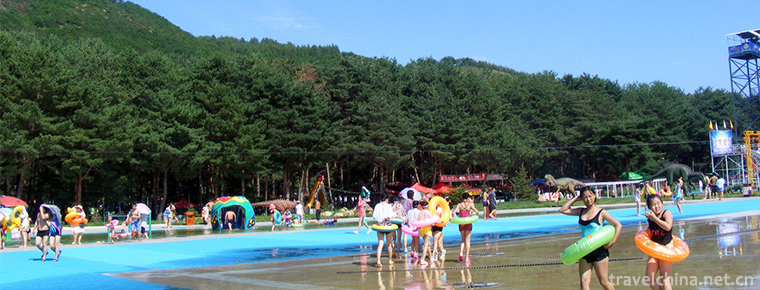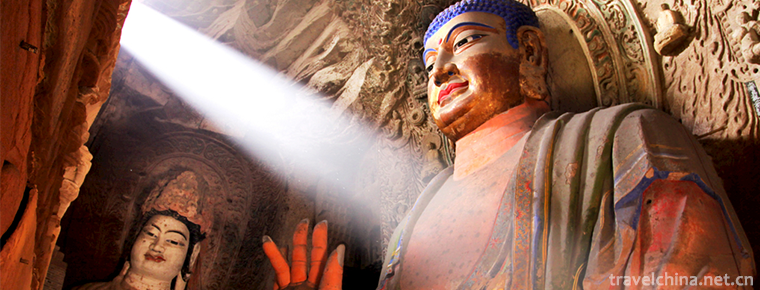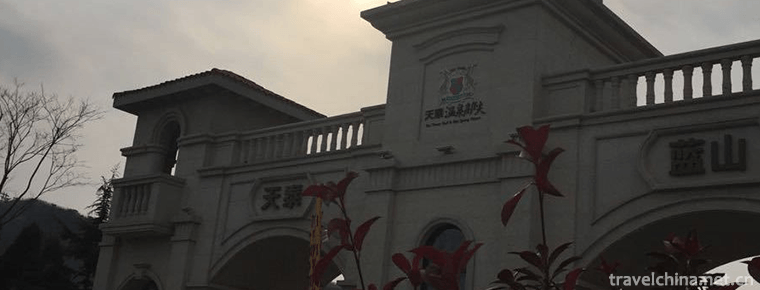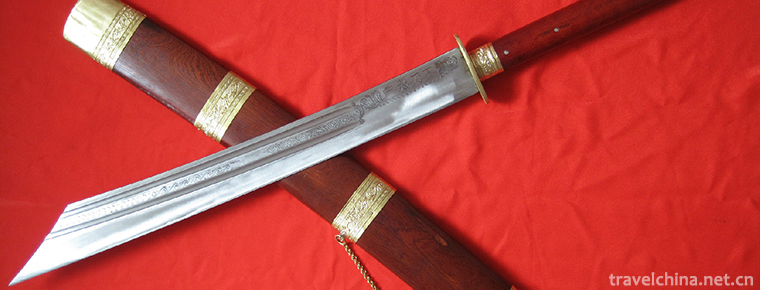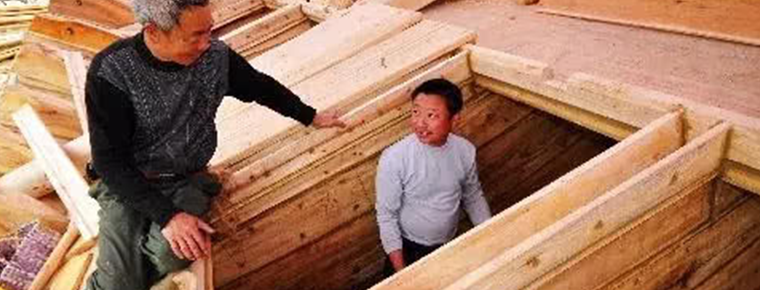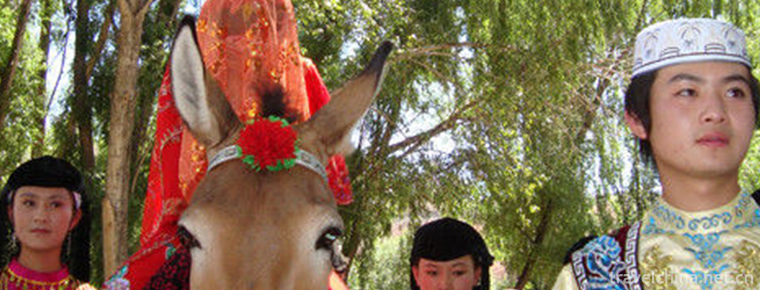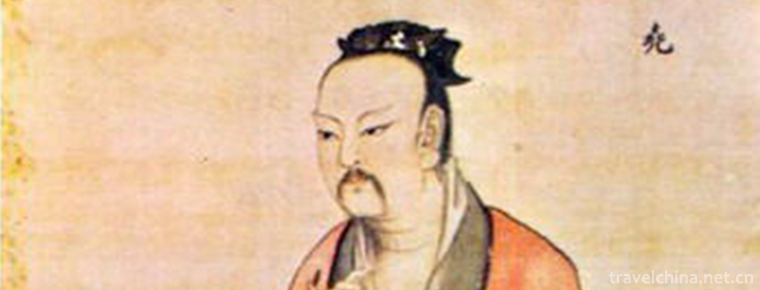Tangya Tusi City Site
Tangya Tusi City Site
Tangya Tusi Town Site is located in Tangya Town, Xianfeng County, Enshi Tujia and Miao Autonomous Prefecture, Hubei Province, with its back to Xuanwu Mountain and facing Tangya River. The site is located in Shizhou, where Tujia people have settled since ancient times. Since the end of the Yuan Dynasty, Tusi inherited and ruled the territory of 600 square kilometers.
Tangya Tusi City was built from the Yuan Dynasty to the 15th year of Zhengzheng (1355), prosperous in the beginning of tomorrow, abolished in the 13th year of Yongzheng in the Qing Dynasty (1735) to return to the native land, a total of 16 generations of 18 Tusi, a total of 381 years. The site covers an area of 740,000 square meters. The main natural landscape remains are Zhangwangmiao, the archway of Jingnanxiong Town, the Yashu, the Grand Temple, the tomb of Tusi, the quarry, barracks, bridges, courtyards and roads.
Tangya Tusi City Site is one of the most representative Tusi City Sites in Southwest China, with clear pattern, complete function and complete preservation. It is of great value to the study of the system of Chinas Department and the history and culture of Tujia nationality. In 2006, it was announced by the State Council as the Sixth Batch of key national cultural relics protection units. In July 2015, at the 39th session of UNESCO World Heritage Committee, held in Bonn, Germany, it was successfully included in the World Heritage List.
Six years from Yuan Dynasty to Zhengzheng (1246), Tangya Tusi City was built.
In the fourth year of Hongwu in Ming Dynasty (1371), the tomb of the second generation of Tusi was built.
Ming Wanli 39 years (1611), stone carved into stone.
In the first year of Tianqi in Ming Dynasty (1621), the site of Tusi City in Tangya was expanded.
In the fourth year of the Ming Dynasty (1624), the archway of "Jingnan Xiong Town" was built.
Three years of Chongzhen in Ming Dynasty (1630), Mrs. Tian's tomb and archway were erected.
In the thirteenth year of Yongzheng in the Qing Dynasty (1735), the Tusi City of Tangya was abandoned.
In 1978, the cultural relics department of Xianfeng County investigated and registered as immovable cultural relics.
In 1983, a horse pavilion was built in Zhangwang Temple.
In 1986, during the second national census of cultural relics, the Department of cultural relics in Xianfeng County investigated and mastered a large number of cultural relics background information, collected a number of cultural relics such as "Chief Tangya Official Seal" and was declared as a cultural relics protection unit at the county level by the people's government of Xianfeng County.
In 1988, the Tujia and Miao Autonomous Prefecture in Western Hubei was announced as a state-level cultural relics protection unit by the people's government.
In 1990, the walls of Tusi's courtyard were maintained and strengthened, and new walls and iron gates were built around the tombs of the king and Mrs. Tian.
In 1992, it was declared as a provincial cultural relic protection unit by the people's government of Hubei Province. In the same year, it maintained stone archways, tombs of Tuwang and tombs of Mrs. Tian.
In 1993, cultural relics protection unit signs were set up.
In 2000, the People's Government of Hubei Province announced the protection scope and construction control zone of Tangya Tusi City Site.
In 2001, the drainage ditches of Tuwang tomb, archway and Zhangwangmiao were repaired, and the collapse and damage parts of courtyard walls and streets were repaired. In the same year, Xianfeng County Cultural Relics Management Institute again conducted a key investigation here and collected some scattered cultural relics.
In 2003, the Xianfeng County Government formulated local management measures, such as "Tangyasi Cultural Relics Protection and Management Code" and "Tourist Notes", to restrain the behavior of residents and tourists, and to strengthen the legal propaganda of cultural relics protection.
In 2006, it was announced by the State Council as a national key cultural relics protection unit.
In 2011, the Institute of Cultural Relics and Archaeology of Hubei Province carried out partial archaeological excavations to further explore the distribution scope, overall layout and local architectural structure of the site.
In November 2012, Tangya Tusi Site was listed in the Preparatory List of World Cultural Heritage Sites in China.
In 2013, "Tangya Tusi City Site Protection and Management Measures" and "Tangya Tusi City Site Protection and Management Planning" were promulgated and implemented.
On March 13, 2013, the People's Government of Hubei Province formally wrote to the State Administration of Cultural Relics to apply for the inclusion of the Tusi Site of Tangya in the national heritage project of 2015.
On July 5, 2015, Tangya Tusi City Site was successfully listed on the World Cultural Heritage List.
Visiting information
traffic
The traffic of the Tusi City Site in Tangya is inconvenient. It needs to travel more than 20 kilometers from Xianfeng County.
Get accommodation
Visitors can choose to live in Xianfeng County, the price is more affordable.
Pictures From:
http://bbs.fengniao.com/forum/10591144.html
http://bbs.fengniao.com/forum/2730998.html
http://bbs.fengniao.com/forum/2530681.html












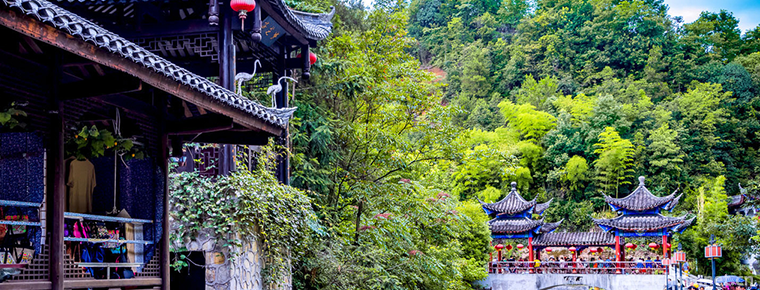
-
Du Fu Cottage
No. 37 Qinghua Road, Qingyang District, Chengdu, Sichuan, China.
Views: 194 Time 2018-10-01 -
Yilong Water Custom Park
Yilong Water Custom Park was built in 1996, covering an area of 100 hectares. It was solely operated by individuals and formally opened in June 1997..
Views: 360 Time 2018-12-22 -
Binxian Dafo Temple Grottoes
Binxian Dafo Temple Grottoes, located at the foot of Qingliang Mountain, 10 kilometers west of Binxian City, Xianyang City, Shaanxi Province, is the largest Grottoes group in Shaanxi Province and an i.
Views: 124 Time 2019-01-03 -
Tiantai Hot Spring Resort
Tiantai Hot Spring Resort is located in Jimo Hot Spring Town. It has 27 holes of international championship grade Mountain Golf course. It is a large high-end rural resort centre integrating food.
Views: 344 Time 2019-02-22 -
The Forging Skill of Achang Husha Knife
Achang household knife forging technology, Yunnan Dehong Dai Jingpo Autonomous Prefecture Longchuan County household Sa Township traditional handicraft, one of the national intangible cultural heritag.
Views: 190 Time 2019-03-28 -
Traditional Wooden Ship Manufacturing Techniques
Fuyang has a long history of shipbuilding. As early as the Tang Dynasty, water transportation was glorious. Fuyang Lingqiao wooden boats are mainly distributed in towns along the Fuyang River, especia.
Views: 334 Time 2019-04-21 -
Li Nationalitys Wood Drilling and Fire making Techniques
Li people's wood-drilling and fire-making skills, Hainan Province's local traditional handicraft, one of the national intangible cultural heritage..
Views: 176 Time 2019-05-13 -
Salar Wedding
Salar wedding ceremony is one of the most important ceremonial activities in Salar people's life etiquette. Salar traditional wedding ceremony is held in the midwinter of each year. From engagement to.
Views: 120 Time 2019-06-11 -
Legend of Yao
The legend of Yao is one of the local folklores in Jiangxian County, Shanxi Province. Yao is the Saint King of ancient Chinese legend. It is said that later generations named him Tao Tang and surnamed.
Views: 68 Time 2019-07-11 -
Chengdu University of Information Technology
Chengdu University of Information Engineering is a provincial general undergraduate college jointly established by Sichuan Province and China Meteorological Bureau and the key development of Sichuan P.
Views: 249 Time 2019-08-31 -
Bozhou University
Bozhou College (Bozhou University), for short, is located in Bo Yuan. Anhui Province Bozhou City By the state Ministry of Education Approved full-time full-time undergraduate institutions..
Views: 152 Time 2019-11-08 -
China Foreign Affairs University
China Foreign Affairs University is a small scale, high level and distinctive foreign ministry's sole institution directly under the guidance of serving the cause of China's diplomacy and cultivating .
Views: 170 Time 2019-11-29
